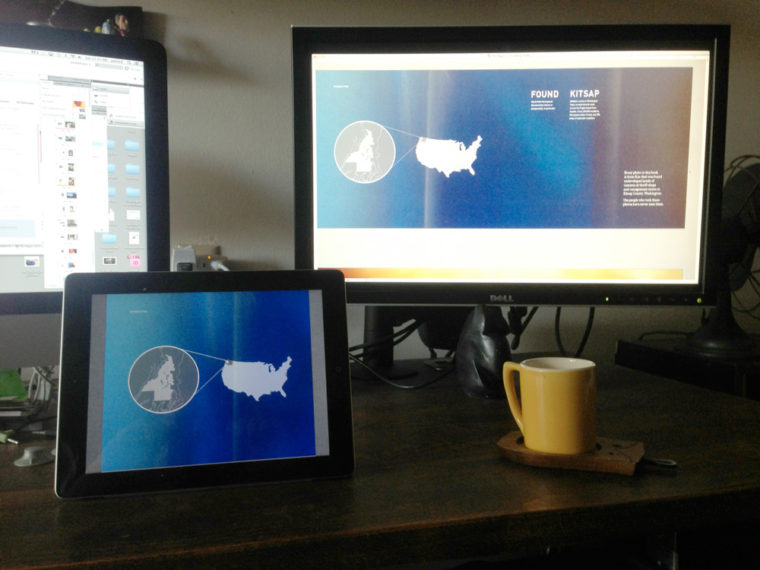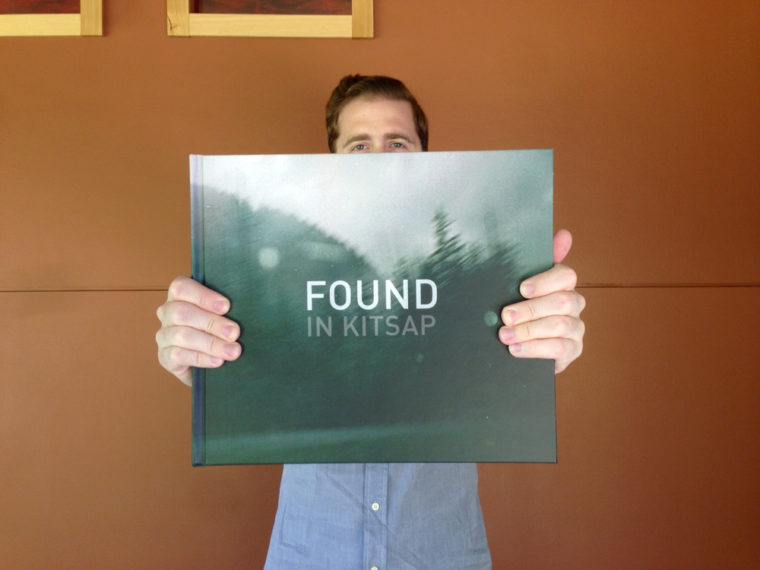Feedback & Next Steps
Part 9
I wasn’t sure if the concept for the book would work, so I made a few copies and sent them to friends for feedback. some of the people I knew really well, others I hadn’t talked to since high school. I picked people who were both involved in professionally in the arts and those who weren’t. I wanted as varied a group as my social circle would allow.
over the next few weeks the feedback started to come in… and much to my relief, it was working. the readers were engaged in both the photos and the writing. many of the stories were written in first person and I worried that the “voices” would come off sounding “same-y.” I didn’t want the prose to read like it was “Luke’s idea of the story,” I wanted it to read like it was the actual person’s story. whether the subject was young or old, woman or man, cat or dog – it needed to sound distinct. and for my readers it worked. none had the feedback that the stories sounded too similar. the first-person voices read as unique individuals. (whew)
a brief side note: the presentation of the overall voice for the project was a big concern of mine. it’s the reason that my name isn’t on the cover, and the reason that the story behind the project came to be (me finding cameras), is not at the start of the book. I didn’t want people to experience the book like they were seeing it through “Luke colored glasses.” rather, I wanted them to experience it through their own personal lens. when they read a poem in the 1st person my goal was for them to imagine themselves as the “I” not to image Luke as the “I”. To put it another way, I didn’t want to be a character in the book.
another part was the look and design of the book. I wanted a coffee table book and I wanted it to be well designed. my goal was to present these point & shoot snap shots just like a book maker with a collection of professional artistic photos would. thematically this was important to me; I wanted the viewer to regard these small personal moments with the same reverence as a photo they’d see in a museum. this is part of a much larger theme but I’ll do my best to sum it up here.
photographs are about intention. you buy the film. you load the camera. you pick the shot. you click the shutter. by doing this you have now captured a true moment in time, through your intention. but the process still isn’t done. you unload the film. you drive to the store. you drop off the film for developing. you come back and pick it up. finally, after all that you show the photos. you bring attention to a moment through your intention.
but imagine that chain is broken. the film isn’t loaded. the shutter isn’t clicked. the film is never unloaded. the chain is broken. all the intention is lost. that true moment that was captured is gone. by turning an audiences attention back to the images I hoped to restore the intention to that true moment. well, that’s the one paragraph art-school explanation… I’ll save the longer version for a chat with coffee or whiskey =)
enough with the theory, let’s get back to the practice. in order to help my reader make that connection, even if it was a subconscious one, I needed the book to be professionally designed. so I reached out to several graphic designer friends. Elizabeth Salud answered the call (well, email probably), and we met to discuss the idea. she was on board with the idea and importantly for me, was willing to work with my limited budget.
to do so we devised a method where she would design different layouts for the book. that is, different versions of how the photos would be arranged and what font would be used. then I would go through the book and pick the which style would be used for what story and do the production, formatting each page to match a one of our templates. neither of us expected this to be the “final” design of the book, but if I could get the layout 80 or 90% of the way there, it would allow her to spend time on the harder and more creative aspects of the design.
I just needed to learn how to use Adobe InDesign first. luckily, Elizabeth is a good teacher and I have at least a working knowledge of Adobe software, so in about an hour she was able to give me the instructions for everything I needed to do… which in the scope of the program wasn’t much – but was enough for the work at hand.
after I finished the layout, she took the project back and fixed my mistakes. then did an overall clean-up pass to make the layout prettier. additionally, we selected a few stories that would get “special” layouts – that is, ones that were different from our templates. by interspersing these throughout it gave the impression that the book had more variety. it was a great trick that helped keep me on budget.
due to our work schedules this process took a few months… but then one day we were done. just like finish the stories it was almost shocking to have reached this milestone. Elizabeth uploaded the files to Blurb.com and I paid for printing of the book. a one-off, 13×13 hardcover book is rather expensive. but also, the fact you can order book like that one at time via the internet is rather remarkable.
I was so excited to get the physical copy of the book, but there was one sticky wicket… I was going to be on an East Coast trip when the book would be ready! I didn’t know exactly when it would be ready, but the range of dates fell when I would be visiting my sister, Teal in Ann Arbor. so I decided to have it shipped there.
unfortunately, on the day it arrived we were at the university and we missed the delivery. d’oh! and the next day I was leaving for New York! luckily, Teal had an idea, we could borrow her friend’s car and drive to the shipping center. if we left soon, we might make it before they left. calls were made. plans were set. we walked to her friends apartment, got the car and we were off… we drove out of town to the FedEx center and made it just in the nick of time.
I wasted no time opening the package. as we sit in the Chevy station wagon, illuminated by the dome light I tore the cardboard and plastic wrap uncovering the first copy of “Found in Kitsap.” what a moment that was. the sense of completion to finally hold the book was unlike anything I’d felt. it had started with a chance find at a thrift store and after years of work I now had an actual physical thing.
I’d made something out of nothing. it’d been quite a journey, but it wasn’t over yet. I had one copy, but the goal wasn’t to make one copy – the goal was to make a book that could be shared with the world.
and the truth was that I didn’t have the slightest idea how to that. finish the journey next time, in part 10, “Moving Past the No’s”.
-Luke


